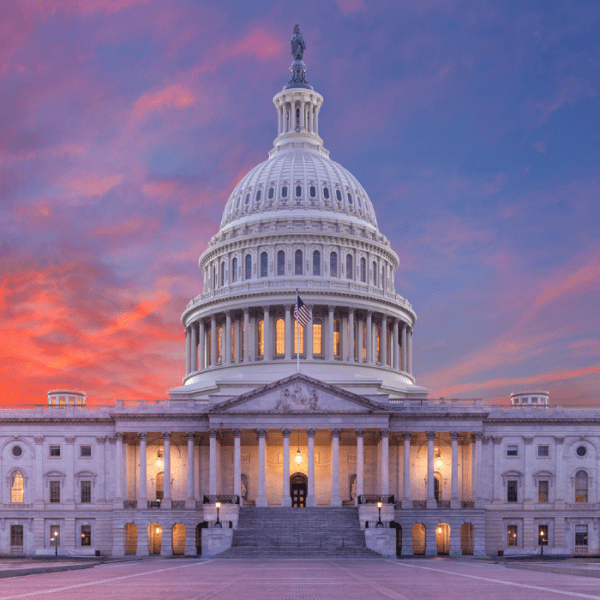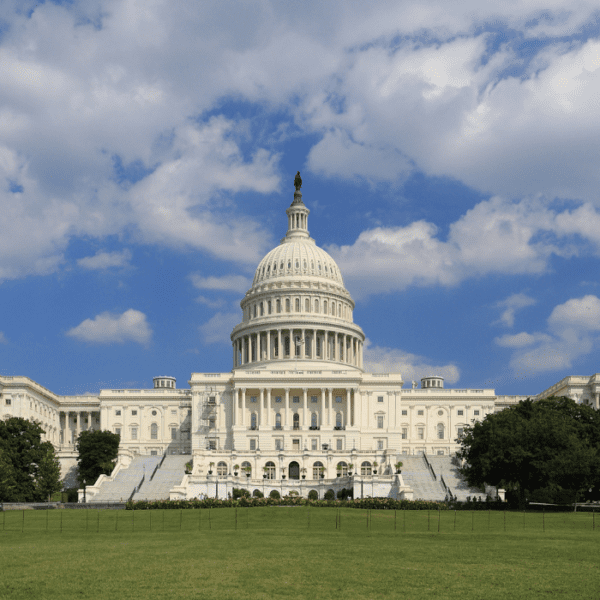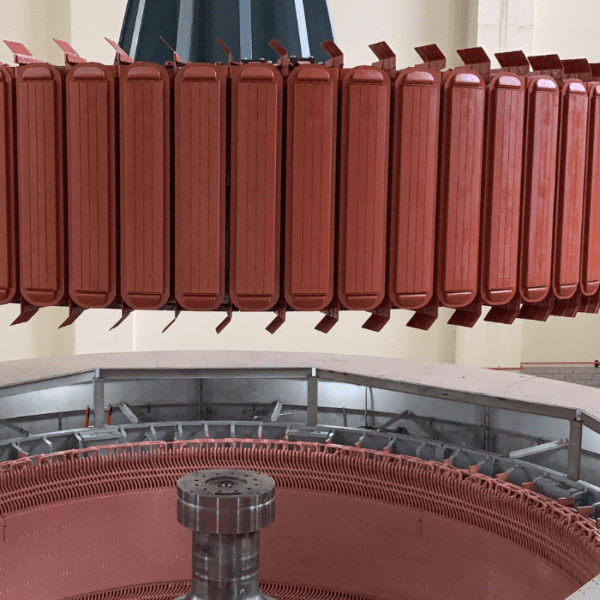To say that 2022 was a momentous year for the waterpower industry would be an understatement.
The year has seen “generational” policy victories that will fundamentally affect this industry in a very positive way.
In addition, the stage has been set for additional significant legislative progress as we close out the year and move into 2023.
This article provides a comprehensive year in review as well as a look ahead for 2023.
SUMMARY OF THE WINS
In August, President Biden signed the The Inflation Reduction Act (IRA) into law, securing tax credits worth an estimated $369 billion for the nation’s energy sector.
The Inflation Reduction Act builds on the success of the Infrastructure Investment and Jobs Act, which was signed into law at the end of 2021. The Infrastructure Investment and Jobs Act is a down payment for the future of waterpower through $909 million in funding for incentives for hydropower, marine energy, and pumped storage. The legislation also provided $800 million for dam safety efforts, and another $800 million for the removal of non-powered dams. The laws reflect the growing recognition in Congress that waterpower is an essential part of a reliable, clean energy grid.
Beyond funding victories, NHA successfully collaborated with Senators Steve Daines (R – MT), Diane Feinstein (D-CA), and Representative Ann Kuster (D – NH) to move forward on the legislative proposal Remove Barriers to Retrofitting Non-Powered U.S. Army Corps of Engineers Dams for Hydropower Production, which would improve the United States Army Corps of Engineers’ process for reviewing applications from project developers to add hydropower components at existing U.S. Army Corps of Engineers dams that impound water for water supply, recreation, and/or navigation, but not hydropower generation.
Complementing the critical funding packages and efforts to enable greater carbon-free energy production, the National Hydropower Association (NHA), along with multiple stakeholders from environmental non-governmental organizations and Native American tribes, testified before the U.S. House of Representatives Energy Subcommittee in May, and then, at the urging of Congress, put together The Uncommon Dialogue License Reform Package was created, addressing the Federal Power Act’s licensing, relicensing, and the license surrender process for hydropower facilities. This was the first time that environmental non-governmental organizations, tribes, and hydropower industry stakeholders all testified in favor of the same hydropower licensing reform package, which demonstrates the remarkable progress of the Uncommon Dialogue approach to finding common ground about issues facing the hydropower industry. With 2022 coming to a close, NHA is working alongside the other Uncommon Dialogue participants on advancing this package in the 118th Congress during 2023.
MAKING THE MOST OF THE LAME DUCK & LOOKING AHEAD TO 2023
Yet, the story doesn’t end there. With only a few weeks remaining in 2022, there is still momentum pushing the waterpower industry’s agenda forward. Earlier this month, Senator Maria Cantwell (D – WA) and Senator Lisa Murkowski (R – AK), along with Senator Debbie Stabenow (D – MI) and Dan Sullivan (R – AK), introduced legislation to provide an investment tax credit for environmental and safety upgrades at existing hydroelectric facilities. If signed into law, this tax credit will ensure that hydropower facilities can continue to provide emissions-free and affordable electricity to millions of ratepayers.
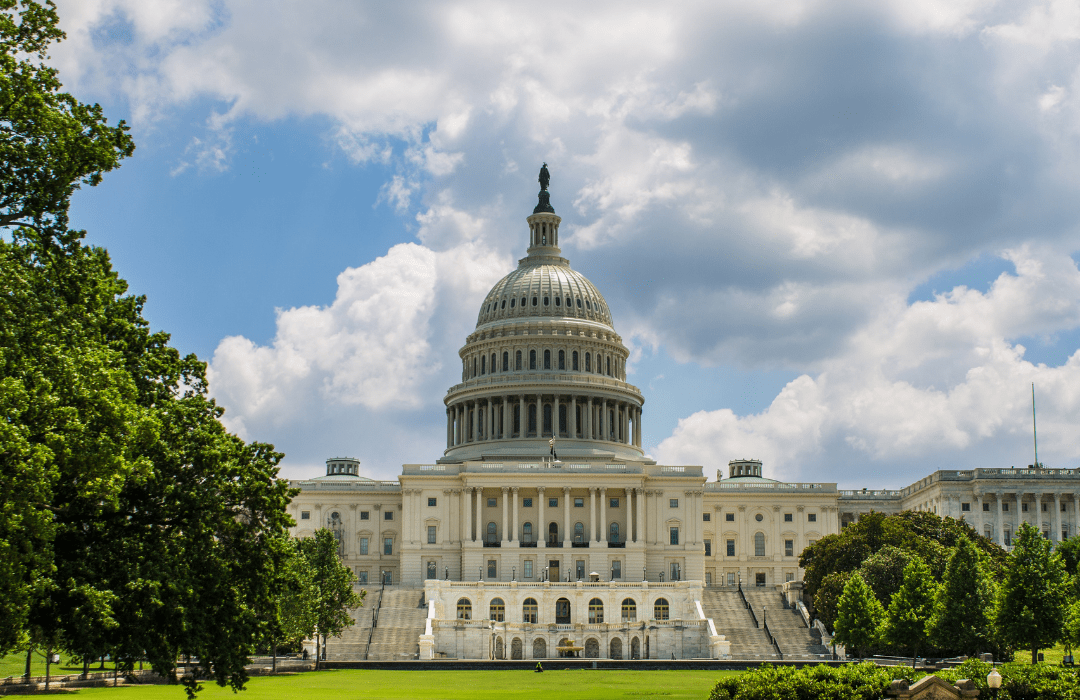
THE YEAR IN REVIEW
The Inflation Reduction Act
The Inflation Reduction Act was the most significant legislative accomplishment for the waterpower industry this Congress. This law has the potential to completely transform the United States’ electricity landscape and contains several of NHA’s longstanding tax priorities, including:
- Providing investment certainty for capacity upgrades at existing hydropower facilities, retrofits of non-powered dams with hydropower generation, and new marine energy and hydrokinetic generation by creating a 10-year investment tax credit (ITC) / production tax credit (PTC) framework for these projects through a technology-specific credit (ending December 31, 2024), and the technology neutral credit (starting January 1, 2025).
- Achieving parity with other renewable technologies such that a megawatt of electricity produced from waterpower receives the same level of federal tax support as a megawatt produced from other zero-carbon resources.
- Incentivizing the development of new pumped storage facilities through the creation of a 10-year energy storage investment tax credit.
- Maximizing the benefits of the aforementioned tax provisions through direct pay for non-taxed entities, like co-ops and public power, and transferability for taxed entities, like investor-owned utilities.
- The manufacturing tax credit, which is a new production tax credit, begins in 2023 and goes until 2032. The law specifically designates “water” under the 48C credit, making eligible investments by hydropower and marine energy manufacturers to re-equip, expand, or establish manufacturing facilities, allowing manufacturers of pumped storage equipment to qualify for the 48C investment tax credit.
In addition, the Inflation Reduction Act included new prevailing wage and apprenticeship frameworks. This is of particular importance due to the hydropower industry’s struggle to attract young workers as a means of offsetting the wave of retirements projected to impact the industry by 2035. In the short-term, it will be a challenge for the industry to comply with the requirements dictating a set percentage of labor hours, which scale up over time, that must be completed by apprentices. In the long term, however, the Inflation Reduction Act may help address the industry’s employment challenges.
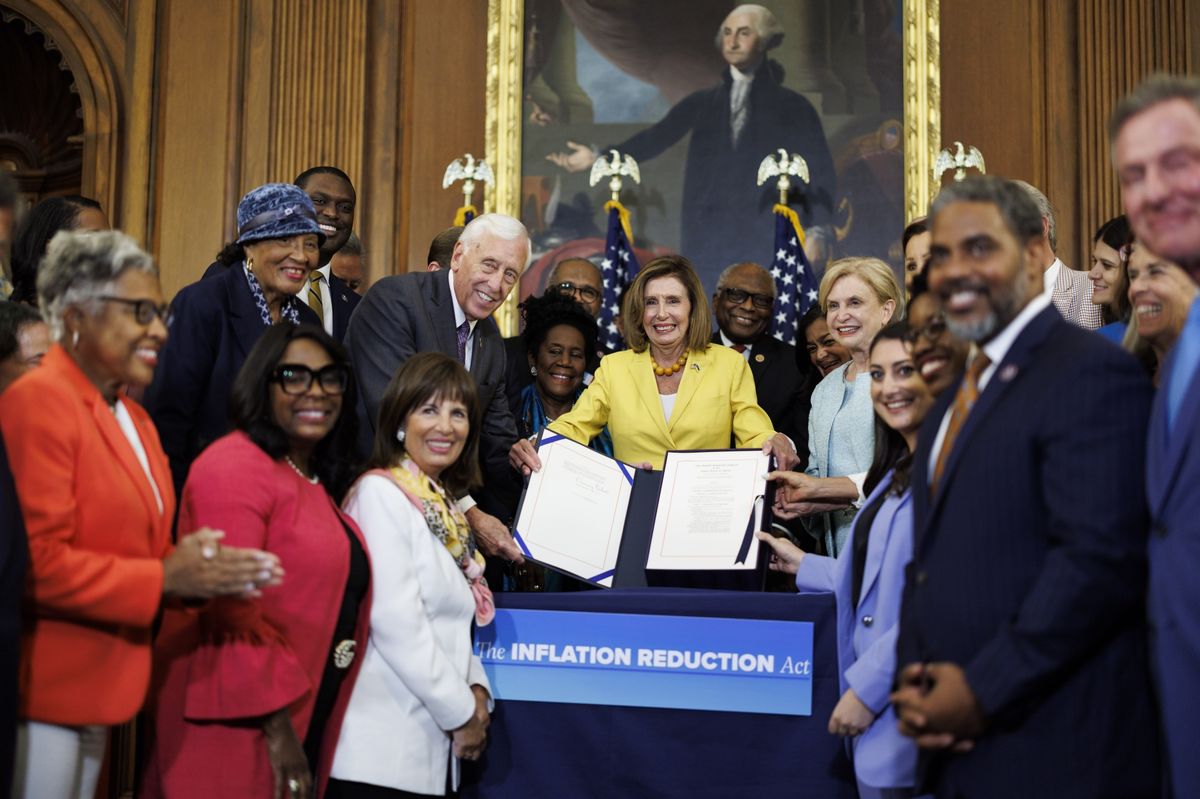
Members of the 117th Congress pose with the signed Inflation Reduction Act.
The Inflation Reduction Act also added a slew of bonus tax credits, rewarding projects that use 100% American steel and iron, and meet the applicable manufactured goods requirements, with the potential to multiply their credit by 10% if claiming the Production Tax Credit (PTC), or 10 percentage points if they are claiming the Investment Tax Credit. Also, the Inflation Reduction Act provided bonus credits to projects located in “energy communities,” which are defined as any of the following:
- A brownfield site
- An area which has (or, at any time after December 31, 1999, had) significant employment related to gas, oil, or coal activities
- A census tract or any adjoining tract in which a coal mine closed after December 31, 1999
- A census tract or any adjoining tract in which a coal-fired electric power plant was retired after December 31, 1999
Remove Barriers to Retrofitting Non-Powered U.S. Army Corps of Engineers’ Dams for Hydropower Production
The process for adding generation to existing dams owned by the U.S. Army Corps of Engineers should become a bit easier due to the efforts of Senators Daines, Feinstein, and Representative Kuster. The new law amends the National Defense Authorization Act, via the Water Resources Development Act (WRDA), to create a more consistent process for reviewing 408 applications.
Developers face two major challenges for retrofitting non-powered Army Corps’ dams with hydropower generation:
- Everchanging red tape
- Inconsistent management at the U.S. Army Corps of Engineers Districts
The National Defense Authorization Act is expected to reach President Biden’s desk by the end of 2022, and he is expected to sign it.
Everchanging Red Tape: In order to retrofit a non-powered dam U.S. Army Corps of Engineers dam with hydroelectric generation, developers must obtain a 408 permission certifying that installing hydropower at the dam will not detract from the authorized purpose of the facility.
The 223 non-powered dams suitable for hydropower production are spread across 24 U.S. Army Corps of Engineers’ districts. Each district has its own process and personnel that review applications for 408 permissions. These 24 distinct processes are not fixed and often change depending on who oversees the districts. Changing review processes cause regulatory uncertainty for developers that want to retrofit non-powered U.S. Army Corps of Engineers dams with hydropower.
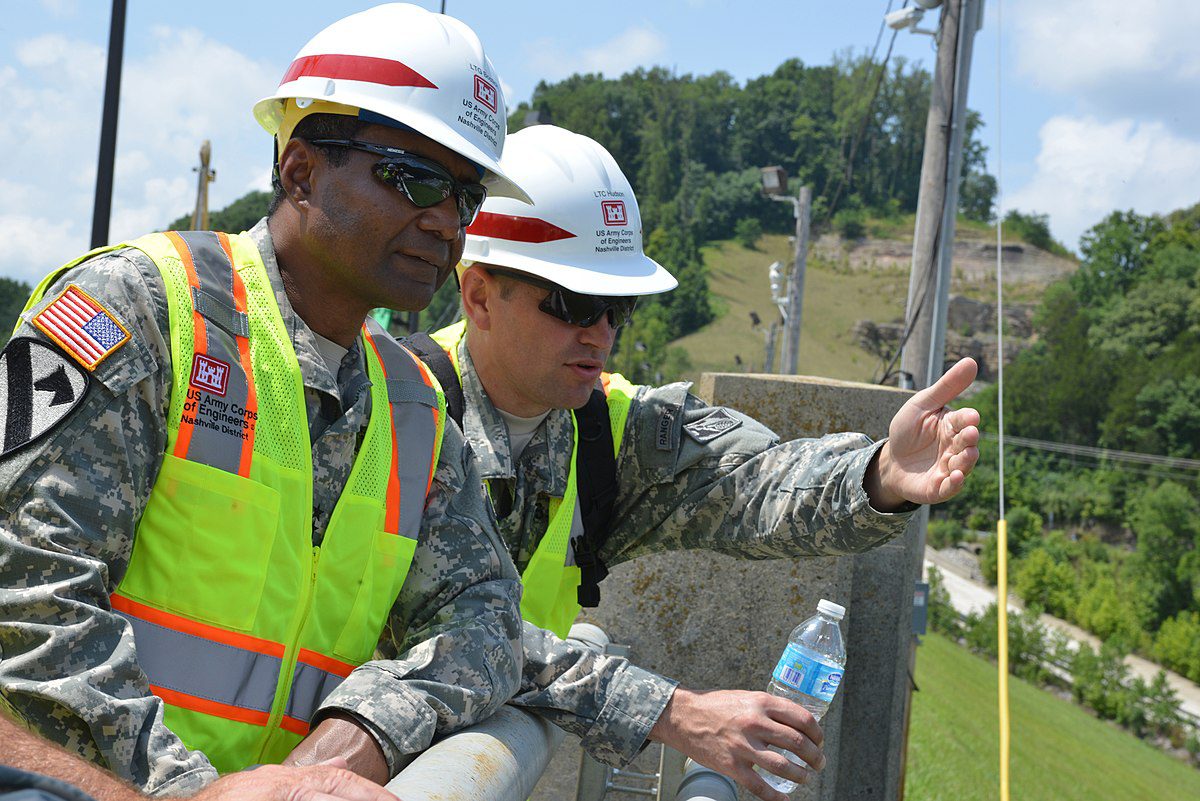
Inconsistent Management at the U.S. Army Corps of Engineers Districts: Due to an absence of a centralized process, individual personalities at the U.S. Army Corps of Engineers districts dictate how the 408 applications are received and reviewed. When staff at the districts sit on an application and are unresponsive to developers, the developers have no recourse. As a result, private capital that could be invested in creating jobs and new power production is kept on the sidelines.
The legislation by Senators Daines and Feinstein and Representative Kuster directs the Army Corps to create a consistent process for reviewing 408 applications to retrofit non-powered dams with hydropower. In turn, this will provide greater regulatory certainty, which will enable developers to know what conditions must be met for them to receive a 408 permission.
The Uncommon Dialogue License Reform Package
On May 12, 2022, stakeholders from NHA, tribes, and conservation organizations testified before the U.S. House of Representatives Energy Subcommittee on their proposal to improve the hydropower licensing, relicensing and license surrender processes. Specifically, the package proposed amendments to the Federal Power Act to help reduce uncertainty in the licensing process, better protect the health of the nation’s rivers, and increase tribal input over decisions which impact some of their lands and waters. One key part of the package is language clarifying that conditions imposed by federal resource agencies, states, and other authorities must be reasonably related to the project’s effects.

Participants of the Uncommon Dialogue testify before the U.S. House of Representatives as part of The Subcommittee on Energy of the Committee on Energy and Commerce.
The proposal received bipartisan support during the hearing with lawmakers acknowledging hydropower’s clean energy benefits, the Uncommon Dialogue process, and the license reform proposal submitted to the Committee. Representative Pence (R-IN) expressed the need for an expedited licensing process to ensure hydropower projects remain economical, and said to his Subcommittee colleagues, “I would say to my peers across the aisle, come on, let’s figure out how to get this done and figure this out. You’re [Uncommon Dialogue participants] all doing a great job in working together.”
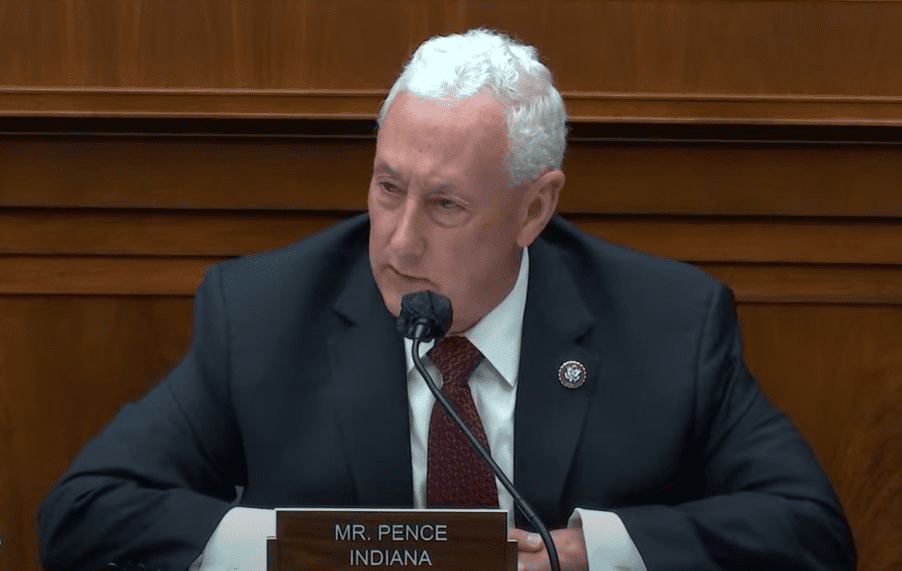
Representative Pence (R – IN) addresses the Uncommon Dialogue participants during the “Modernizing Hydropower: Licensing and Reforms for a Clean Energy Future” hearing.
The support Representative Pence offered to the Uncommon Dialogue participants was echoed by colleagues across the aisle. For instance, Representative Peters (D-CA) said, “I remember in our last discussion on this topic that the permit process is so unwieldy and unbounded, and I hope we can do something that provides more certainty, better timelines, better results, and, frankly, clean energy with environmental protection is our goal.”
With 2022 coming to a close, NHA is working alongside the other Uncommon Dialogue participants on advancing this package in the 118th Congress during 2023.
MAKING THE MOST OF THE LAME DUCK
The lame duck period for 2022 should not be written-off. With Senator Maria Cantwell (D – WA) and Senator Lisa Murkowski (R – AK) striving to include a tax credit for existing hydropower in the end of the year spending bill, the remaining weeks of 2022 are gearing up be significant for the waterpower industry.
On December 9th, U.S. Senators Maria Cantwell and Lisa Murkowski, along with Debbie Stabenow (D-MI) and Dan Sullivan (R-AK), introduced legislation that will help ensure that the existing U.S. hydropower fleet continues to provide flexible, carbon-free generation to millions of homes and businesses.
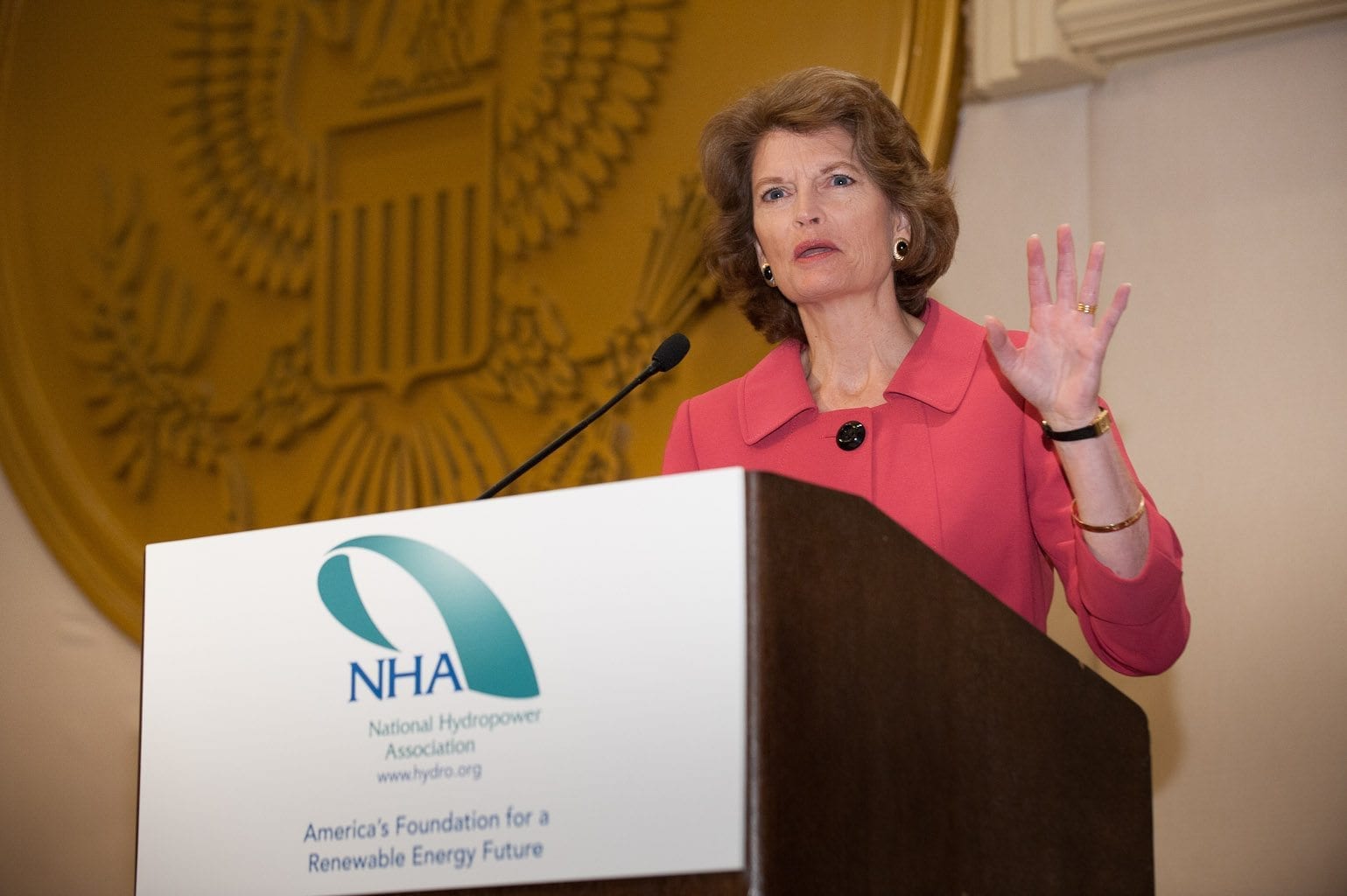
Senator Lisa Murkowski (R – AK) is working to get tax credits for existing hydropower.
Dam Safety Improvements at Existing Titled Maintaining and Enhancing Hydroelectricity and River Restoration Act of 2022, this piece of legislation would create a new 30% investment tax credit to encourage environmental enhancements and dam safety improvements, as well as existing hydroelectric facilities. Examples of eligible investments include the addition of fish-friendly turbines and fish passage infrastructure, managing river sediments to improve habitat, upgrading or replacing floodgates and spillways, and improving public use of, and access to, public waterways by existing dams. In addition, the bill would establish a new tax credit to encourage the removal of obsolete river obstructions; click here to read NHA’s full press release on the topic.
The success of this legislation depends on the size of a potential tax title in an end of year package. If there is a larger tax title, the legislation could be incorporated. If there isn’t, NHA will continue to work on the priority next Congress.
LOOKING AHEAD TO 2023
In 2023, NHA has two main federal legislative priorities:
1) Advance the Uncommon Dialogue’s licensing reform proposal to improve the Federal Power Act’s process for reviewing licensing and re-licensing of hydropower and pumped storage facilities
2) The Cantwell-Murkowski tax credit for existing hydropower facilities
NHA spent a good part of 2022 socializing the Uncommon Dialogue’s licensing reform proposal on Capitol Hill. In 2023, NHA plans on working with friends of the hydropower industry to move this package forward. Senators and Representatives on both sides of the aisle have expressed their interest in this proposal, so 2023 is starting off with a good potential coalition.
By working in coalition with member companies in key states, NHA was able to build a group of supportive Senators, who will champion the Cantwell-Murkowski Maintaining and Enhancing Hydroelectricity and River Restoration proposal in Congress. In the 118th Congress, NHA can capitalize on this support, identify new members that back the policy, and build momentum for passing the proposal.
On the regulatory front in 2023, NHA is continuing to advocate on behalf of the industry as the federal government implements the Infrastructure and Investment Jobs Act and the Inflation Reduction Act.
With respect to the Infrastructure and Investment Jobs Act, the U.S. Department of Energy has indicated they are releasing draft guidance for Sections 247 and 243 investments in January and March, respectively. Final guidance and open solicitation could be available in late spring or early summer.
The U.S. Department of Treasury and the Internal Revenue Service are working to implement the Inflation Reduction Act through guidance and regulations, and NHA is continuing to monitor, advocate, and work with the membership to respond.









